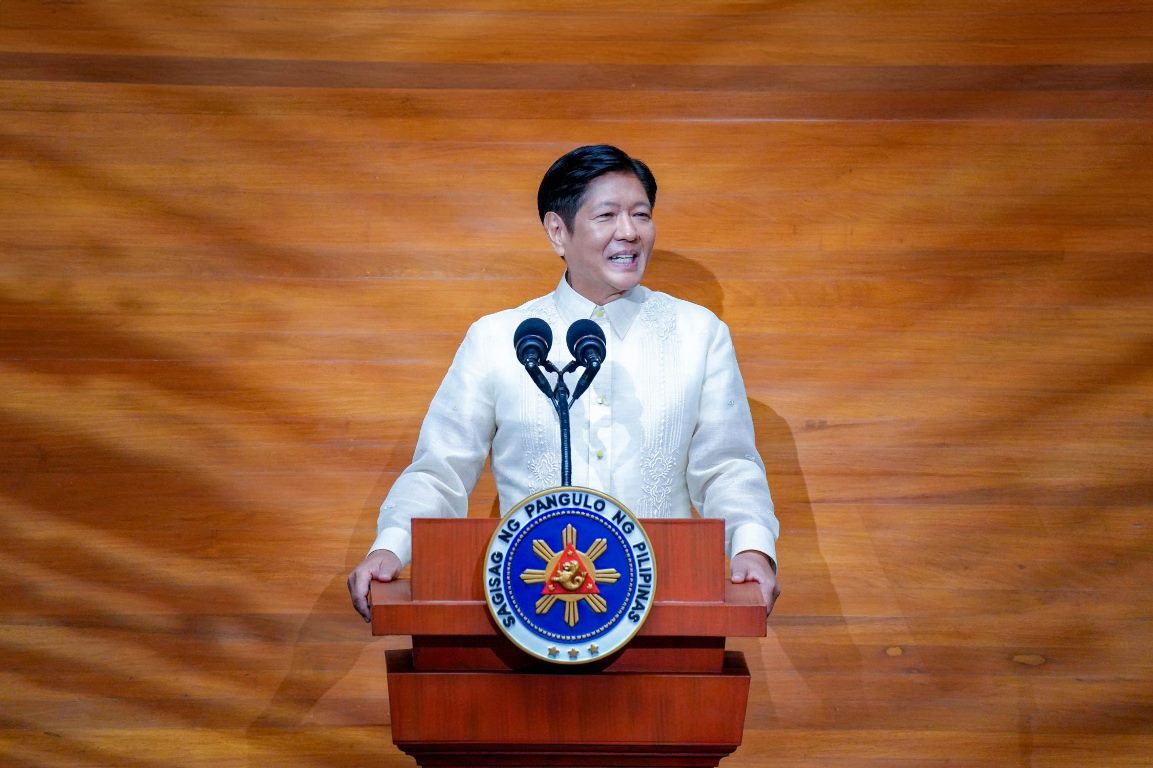
By Filane Mikee Cervantes | Philippine News Agency
Nearly four out of 10 Filipinos support President Ferdinand R. Marcos Jr. and his administration, according to the latest OCTA Research survey released on Tuesday.
The 2nd Quarter Tugon ng Masa Survey conducted from June 26 to July 1 showed that the percentage of adult Filipinos who identify themselves as pro-Marcos has climbed to 36% from 31% in the previous quarter.
Only 5% of adult Filipinos support the opposition.
Meanwhile, support for the Duterte family and their political allies saw a four-point drop from 20% in the March 2024 survey to 16% in the June 2024 survey.
About 31% of the respondents are considered independents who do not identify themselves as pro-Marcos, pro-Duterte, or the opposition.
The remaining 11% of respondents are ambivalent about their political preferences.
Marcos and his administration received the highest support from Filipinos living in Metro Manila at 43%, followed by Balance Luzon at 42%, the Visayas at 32 %, and Mindanao at 25%.
Among the socioeconomic classes, adult Filipinos who identify as pro-Marcos belong to Classes ABC and D, with 40% and 37%, respectively.
In Class E, 25% identify themselves as pro-Marcos.
In terms of age groups, support for Marcos and his administration is highest among those aged 75 and above at 69%, followed by those aged 18-24 at 45%.
The pollster, meanwhile, noted that the Duterte family and their allies remain influential with 50% of the population backing them.
Support for the Dutertes in Metro Manila and Balanced Luzon is much lower, at 7% and 5%, respectively, while only 11% of the respondents identify themselves as pro-Duterte in the Visayas, according to OCTA.
Support for the Dutertes and their allies across socioeconomic classes shows that 33% of Class E support them, followed by 16% of Class D and only 4% of Class ABC.
Regarding age groups, pro-Duterte support is highest among those aged 65 to 74 at 21%, followed by those within the 25-34 and 35-44 age ranges at 20%.
The survey was conducted among 1,200 respondents using face-to-face interviews.=
It has a ±3% margin of error at a 95% confidence level.
